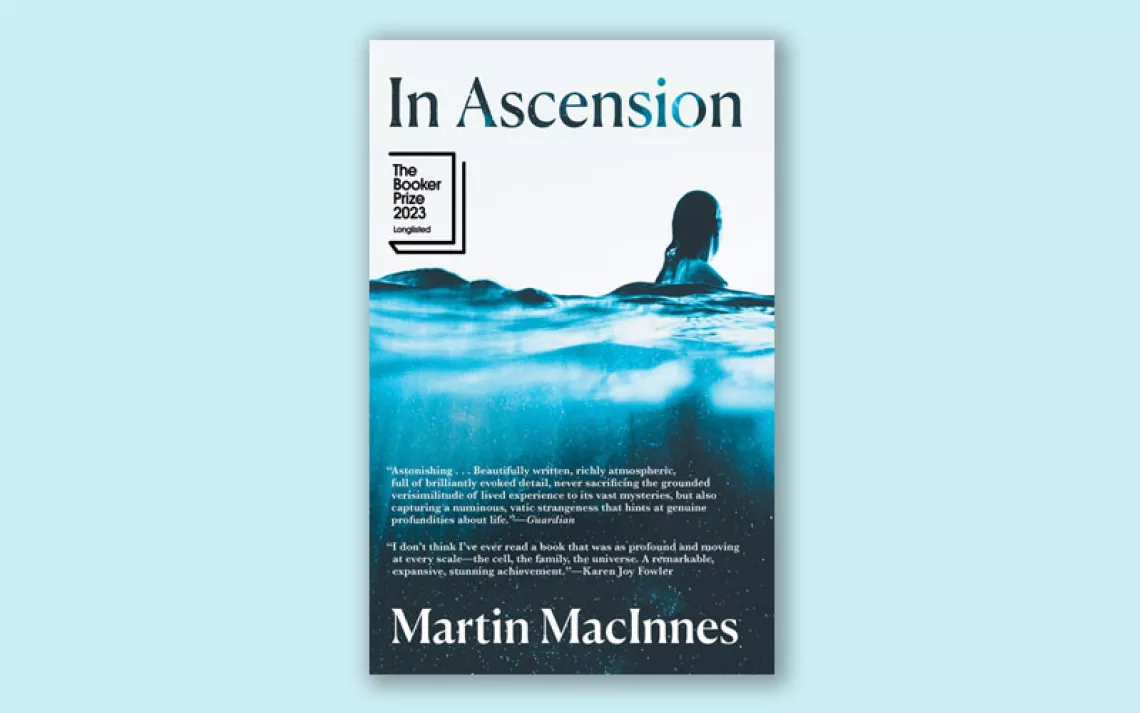4 Must-Read Books for Your Summer Reading List
These stories illuminate all we have to gain in a troubled world
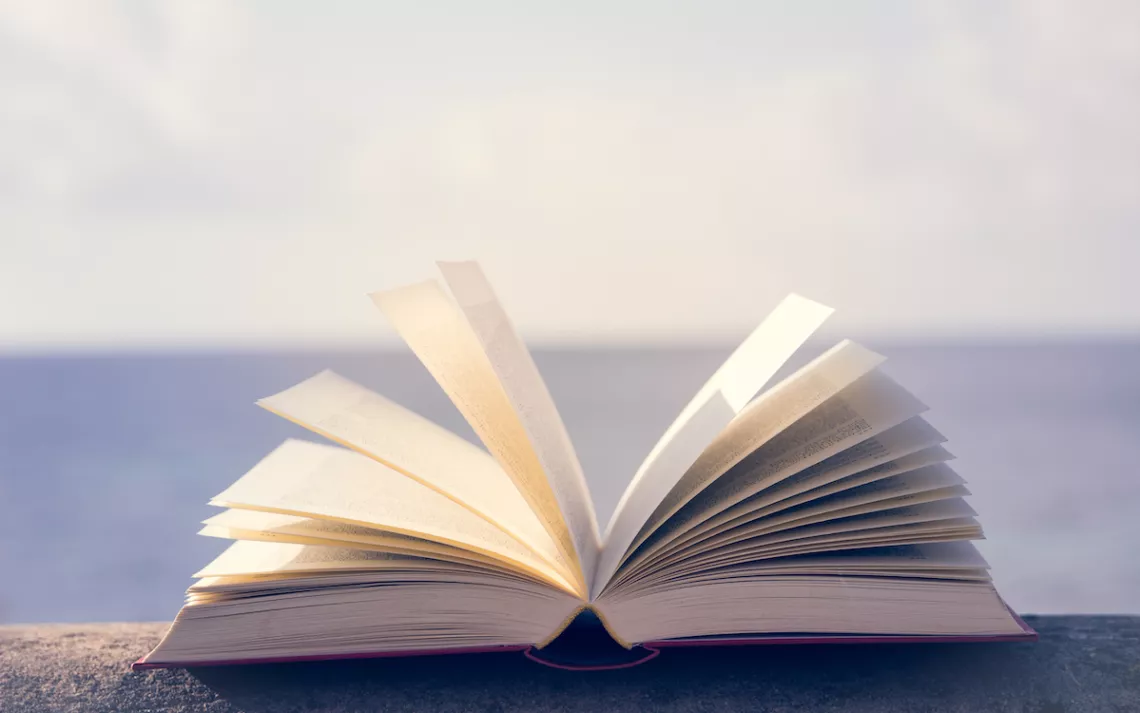
Photo by Eskemar/iStock
Looking for a great read for a summer afternoon? In genres of fiction, nonfiction, and even a medley of both, these must-read books—by debut novelist Marisol Cortez, environmental journalist Cynthia Barnett, poet Alexis Pauline Gumbs, and biologist Dave Goulson—will get you thinking about the rich reality of our world and its many fragile gifts, some all too obvious, others hiding in plain sight. From tales of love in a time of climate crisis to natural wonder in the seas and on land, these stories call on us to think more deeply about our troubled world and illuminate all that we stand to gain, or to lose, if we don't.
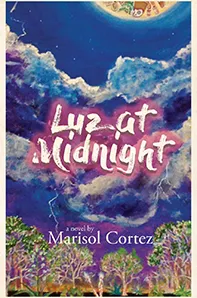
Luz at Midnight
By Marisol Cortez
Flowersong Press, 2020
In February, winter storms blitz the city with cold and sleet so extreme it freezes “the river hard enough to skate on for the first time in over 100 years,” and rolling blackouts plunge residents into a melancholy, powerless unknown. Just two months later, summer arrives, with heat so extreme it “stays and stays, inert and unmoving as death.… Come May Day it would be impossible, inescapable—in your house, in your lungs, in the folds of your body filling with sweat thick as glue.” Hurricanes turn into flooding and bitter cold into suffocating heat, all of which portend further power outages—not simply because of a climate spinning out of control, but because when the grid fails, there is money to be made—and institutional interests are ready to cash in.
“It was the time of no money and no job and nothing anyone wanted to eat in the house,” writes Marisol Cortez in her dazzling debut novel, Luz at Midnight. “It was a time when they could only wait, limbs slingshot cocked like starting-line runners, for what would come next.”
What comes next in Cortez’s elegantly layered, evocative story about love and despair, catastrophe and redemption could hardly be a surprise to the characters who, with eyes wide open, inhabit this deeply troubled world. Set in San Antonio, Texas, at a time of climate crisis, there are too few options left for those with the least means and too much pollution, waste, and excess all around; their demands for change and justice seem hopelessly confined to press releases and poster boards. Yet amidst the darkening rhythms of the day-to-day grind, a love story delicately, slowly germinates between two people at a crossroads. Their newfound relationship—and the tender, slow dance through which they cultivate it, in twists, turns, and occasional pirouettes—is a defiant signal of presence and connection in a world rife with too little of both.
Citlali Sanchez-O’Connor, who goes by Lali, is a young mother and community activist who has just completed a PhD and returned home to San Antonio, Texas, with a new awareness of the “complex political interweaving of oil and water and money and color, some new rootedness in place or rightness, like falling in love or coming home.” Through her academic research she endeavors to “sketch out a preliminary understanding of San Antonio’s political ecology, the political ecology of home, synthesizing fragments of analysis from various sources to refract the present moment through the light of the past." But her path is complicated—in part by simply having to make ends meet day-to-day for her daughter, Nena, and because the activist organization she has joined, El Centro, is plagued by disorganization and its own endemic culture of injustice. El Centro’s blind faith in “actions” belie the lived experience of working mothers of color like Lali and seem all of a piece with how toxic institutionalized power structures, whether progressive or not, impact and shape public life.
Joel Champlain is a journalist at Volt, an alternative newspaper seemingly destined like all others to be bought out by a big corporation and gutted. He suffers from bouts of crushing depression while seeking to expose the falses promises of a new rare-earth mining process that purports to advance a swift transition from fossil fuels. Joel, also raising a daughter, struggles with an overpowering feeling of emptiness in his life. Then he meets Lali. “I’m doomed, though, if I can’t believe in even this one small chance between people, desperately grabbing for each other as they hurtle past, propelled by the force of ancient stars long exploded.” Tracking their story is a stray dog named Luz—an evanescent character at once a means for solace and a symbol of dislocation and impermanence.
San Antonio is just as much a main character of the novel as any other, its history of colonialism and the exploitation of its Indigenous peoples and natural resources haunting the novel’s present age. “Billowing shreds of many-hued plastic bags are snatched in the barbed wire coils atop its keep-out fence, like items of clothing pinned to a wall in memorium.”
Throughout Luz at Midnight, Cortez masterfully crafts together a kind of mix-tape medley that blends narrative with poetry, diary with prose, playwriting with journalism, all of which seamlessly intersect to lift up glimpses of wonder, call out acts of hypocrisy, or bring home moments of truth. Beyond the dark scrim that has descended on this world, there are flashes of beauty so brilliantly rendered they illuminate all that we stand to gain by taking them in, and all we stand to lose if we don’t. “Imagine this: the secret logic of a flock of birds in flight, swooping, swerving according to their own inner time signature. Somewhere, someone with the right knowledge must have traced its architecture, plotted it carefully, unwound its inner springs to reveal the mechanism, the rhythm, the organization. It couldn’t be random.”
Nor could the fragile love story that develops between Lali and Joel—its impermanence a possibility at every turn. And yet … with innocence lost, and nothing left to lose, they take each other in once more.
—Jonathan Hahn
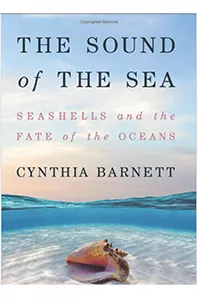
The Sound of the Sea: Seashells and the Fate of the Oceans
By Cynthia Barnett
W.W. Norton, 2021
At the beginning of her magnificent new book, The Sound of the Sea: Seashells and the Fate of the Oceans, nature writer Cynthia Barnett offers an invitation that might not sound appealing to the uninitiated: “Consider the mollusks.” I’ll admit that before reading The Sound of the Sea, I hadn’t considered them, not really. I enjoy beachcombing as much as the next person, and I’ve often been stunned by the beauty of shells in the sand. Yet somehow (and this is truly embarrassing) I had never appreciated the simple fact that every single shell—from the prized queen conch to the seemingly humble cowrie—was once a living creature’s home. As early American malacologist Thomas Say put it, “The shell is only their habitation.” The carapace we find on the shore is just part of the mollusk’s story.
The best nature writers excel by taking something that is overlooked or hiding in plain sight—some natural phenomenon right overhead or directly underfoot—and investing it with meaning. That’s what Barnett accomplished with her last book, Rain, a globe-spanning cultural history of precipitation that was long-listed for the National Book Award. Now, Barnett pulls off a similar feat with seashells. She starts with wonder, imbues that with knowledge, and then alchemizes it all into awe, leaving the reader struck with a blow of revelation. “To stare into the spiral top of a whelk or cone shell,” Barnett writes in one of her many fine-tuned lines, “is to see the swirl of the Milky Way.”
The Sound of the Sea has encyclopedic ambitions, and it seems to touch on just about every aspect of marine mollusks and their shells. In this book, there’s paleontology, biology, history, anthropology, myths, and even a glimpse into the future, as Barnett considers how the climate emergency and the continued destruction of marine environments threaten the next generations of shell-making creatures. As Barnett concludes, we can discover “the story of the world in a shell.”
Readers will make discoveries on nearly every page. I learned, for example, that bay scallops have 22 “electric-blue eyes”; that Shell Oil got its name because the family that started the company earned its first fortune as shell dealers; that cowrie shells were one of the first international currencies and helped grease the trans-Atlantic slave trade (Ghana’s national currency, the cedi, comes from a local word for cowrie); that the lightning whelk is one of the few spiraled shells that winds left instead of right; and that those whelks were collected and crafted (by the millions!) into elaborate cities by the pre-Columbian Calusa culture.
Barnett presents all this and more with an impressive yet unfussy erudition. Whenever the text risks mounding too high with facts, Barnett spikes her writing with a bit of poetry. Describing “the ocean’s softest song” on Florida’s Sanibel Island, she writes, “As each wave pulls back to sea, a sparkly tinkle rises from the rumble; the roil of tiny shells. They ring from the quiet end of the aural spectrum, place of fairy-dust notes and first rains.”
If you’re looking for a late-summer beach read, you couldn’t possibly do any better than The Sound of the Sea. This is a book that deserves to be read in its natural habitat—at the seashore, with your toes buried in the sand, surrounded by the most commonplace wonders you could possibly imagine.
—Jason Mark
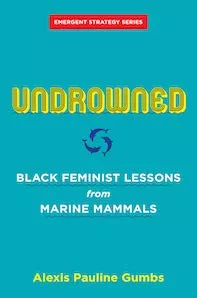
Undrowned: Black Feminist Lessons From Marine Mammals
By Alexis Pauline Gumbs
Emergent Strategy Series, AK Press, 2020
Alexis Pauline Gumbs is one of the most innovative voices on nature and the environment today, and this small, turquoise paperback makes for a calm, thoughtful beach read in troubled times, perfect for absorbing in small doses and returning to over and over.
These small essays on different marine mammals from a Black feminist perspective feel something like sermons (the Dharma talk kind, not the fire and brimstone kind), but they weave together science writing with an empathy for and curiosity about the lives of other species in a way that feels entirely new.
In the chapter “Honor Your Boundaries,” Gumbs leaps from the frequent deaths of Amazon river dolphins living in captivity to the theory that one contributor to those deaths is massive sleep deprivation—ocean dolphins can rest in the center of open water, but river dolphins need the shelter of a riverbank to let their guard down. Writes Gumbs, “Another way to say it is that the sleep deprivation that boto dolphins suffer in captivity is a result of a lack of the boundaries that helped them rest well at home. Is a lack of supportive boundaries impacting your sleep?” A few sentences later, Gumbs has moved on to the CIA's use of sleep deprivation and the rest-centered activism of people like Nap Ministry founder Tricia Hersey. I can guarantee you won’t read anything else like Undrowned, this or any other summer.
—Heather Smith
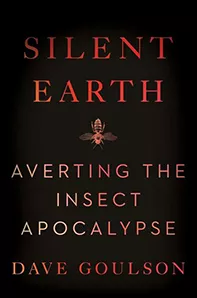
Silent Earth: Averting the Insect Apocalypse
By Dave Goulson
Harper, 2021
“Nature has introduced great variety into the landscape, but man has displayed a passion for simplifying it,” wrote Rachel Carson in Silent Spring. Single-crop farming and pesticides were wiping out this “great variety,” not only the plant species, but the bugs, birds, and other creatures that lived nearby, and Carson recognized the danger this loss of diversity posed to humans and nature alike.
More than 50 years later, British entomologist Dave Goulson takes up Carson’s mantle in the forthcoming Silent Earth: Averting the Insect Apocalypse. As the title suggests, the scope is bigger this time around. Pesticides are still a problem, but not the only one. It’s the way we farm, the way we garden, and the way we design our cities. Goulson meticulously lays out the evidence for insect declines and offers concrete solutions for change, his vision for a bug-friendly future, and even a fictional account of a world decades from now in which the only insects around are the ones we hate.
Bookending each chapter are short profiles of truly bizarre and wonderful insect species, Goulson’s way of showcasing the astonishing diversity of the insect kingdom, which, he says, we’ve only begun to explore. We don’t even know what we’re losing. As much as I enjoyed expanding my nature knowledge, the book’s greatest strength is its insistence that change is possible, that it’s possible today, and that everyone can make it happen in small and large ways. Goulson steps seamlessly between knowledgeable professor and impassioned environmentalist, and you can’t help but get on board.
—Abe Musselman
 The Magazine of The Sierra Club
The Magazine of The Sierra Club



